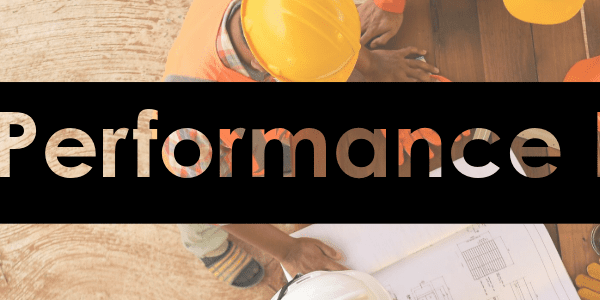What Does it Really Cost to Get to ENERGY STAR v3.2

What Builders Need to Know About the New Requirements

Published August 30, 2024
The Ever-Changing World of Energy Compliance
One of the challenges for builders in energy compliance is keeping track of the never-ending changes in code, programs, and rebates. As soon as you adapt to the 2021 IECC, here comes the 2024 IECC. Once you understand how to get 45L Tax Credits and plan for that in your business, the whole program changes and revenue expectations disappear.
The New 45L Tax Credit
The new and improved 45L Tax Credit changed the metric for qualification in 2022. Houses certified under the ENERGY STAR® New Homes program are eligible for a $2500 tax credit until 2033. Changing from the old, modeled performance metric to a certification metric was much simpler for builders to plan and adapt. Furthermore, meeting the requirements of ENERGY STAR v3.1 was not too challenging for builders who already have to meet the 2018 IECC. Leave it to the IRS to make things difficult. Let it be decreed that any house COMPLETED after January 1, 2025, must be certified under ENERGY STAR v3.2 to be eligible for the 45L Tax Credit. What the heck is v3.2?
From ENERGY STAR v3.1 to v3.2
ENERGY STAR v3.2 changes the performance requirement baseline from the 2018 IECC to the 2021 IECC. The process does not change, but to meet the new performance requirements, EnergyLogic is seeing a reduction in the ERI (HERS) requirement of 4-6 points moving from v3.1 to v3.2. This can be pretty challenging and requires spec changes that can increase costs.
Challenges and Solutions
Since ENERGY STAR is based on the overall performance of the house, identifying the changes needed to meet the program varies from house to house and builder to builder. It can be lower u-value windows, increased insulation, continuous exterior insulation, better mechanical systems, better blower door results or a combination of these and other changes. The value of partnering with a quality Energy Rater (EnergyLogic) continues to grow. Someone who understands your goals and objectives and provides guidance and information to get there.
What to Expect When Transitioning to v3.2
So, what does it cost to move from ENERGY STAR v3.1 to 3.2 and continue to get tax credits? Like so many things in construction, the answer is “it depends.” What is the starting point, type of house, site limitations, etc? We have run hundreds of scenario analyses for clients and consistently see houses need R23 walls, R60 roofs, .27 or lower u-value windows, improved blower doors using technology such as Aeroseal, and high-efficiency mechanicals. The starting point is to contact EnergyLogic and request a scenario analysis and path to ENERGY STAR v3.2. Once you have that, the planning and pricing can begin.








